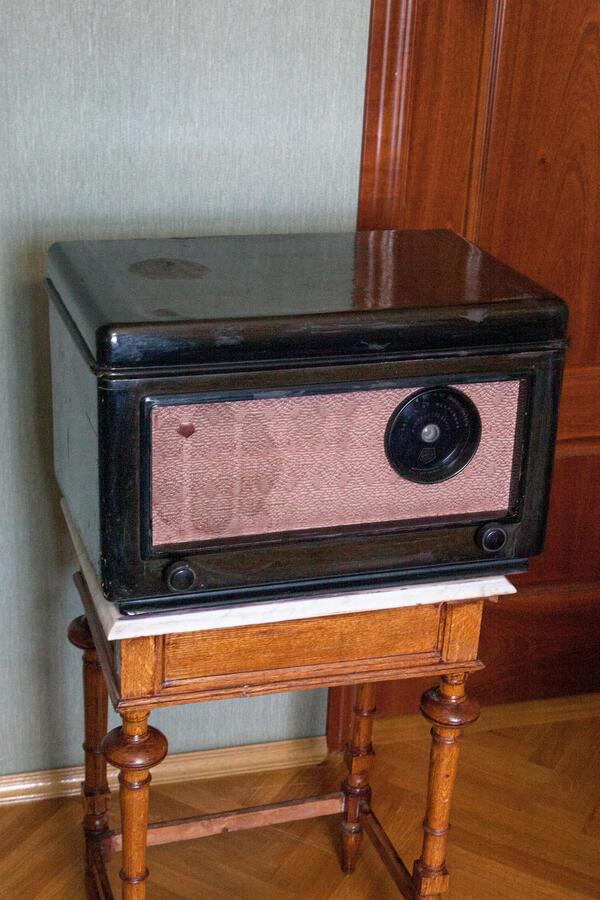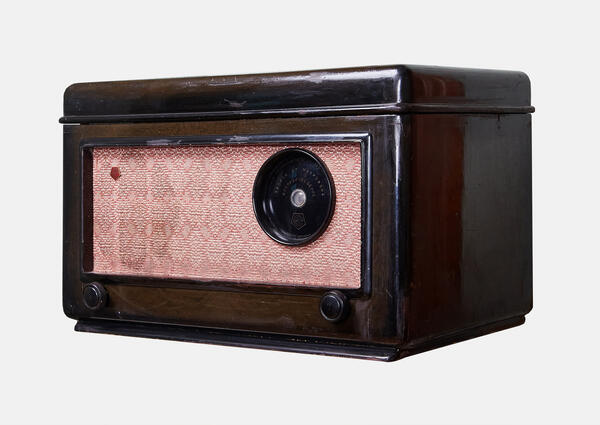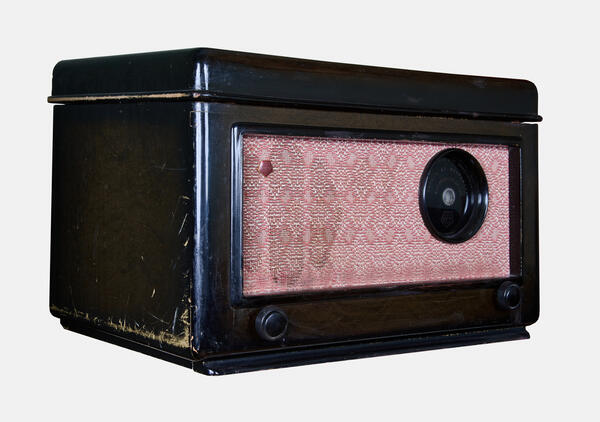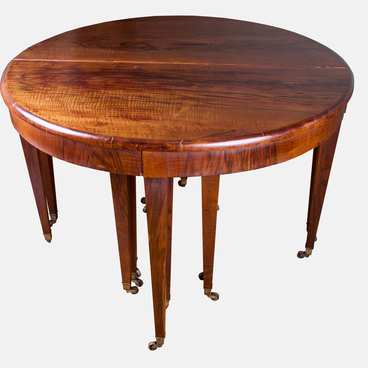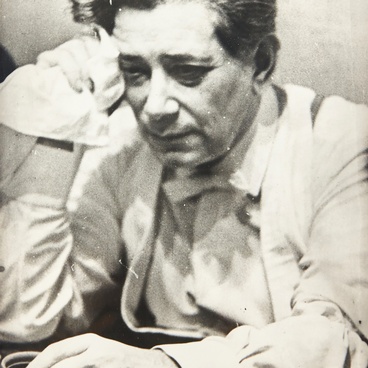After the Great Patriotic War, reel-to-reel tape recorders were gaining great popularity in the Soviet Union. Their mass production began in 1946. The engineers at the Kyiv Radio Plant (later the Mayak Plant) designed a reel-to-reel tape recorder, which could not only record, but also reproduce sounds — both for professional and amateur purposes. These tape recorders were called “Dnepr”.
In 1949, the Dnepr reel-to-reel tape recorder was unique. To record sound, a ferromagnetic tape was used, which moved at a speed of 18 cm/s and 46.5 cm/s. It could only be rewound on one right reel. Recording on a tape recorder like this lasted from 20 to 40 minutes. Although it weighed 29 kilograms, the device was considered compact enough to be put into a special suitcase and carried along. All these characteristics contributed to the rapid spread of tape recorders, and they appeared in almost every Soviet household. The success of the first device was so overwhelming that the engineers then released a new Dnepr-2 tape recorder, which was on par in performance to the previous one.
Unlike the first two models, the Dnepr-3 tape recorder, displayed in the memorial apartment, has an increased playback time of 44 minutes. The tape has a fast rewind option in one direction, and its speed is 19.05 cm/s. The tape recorder is assembled in a wooden box, which is designed to look like precious wood. On the front panel there is a recording level control, volume control and a backlit scale indicating the type of work. The loudspeaker is mounted on the front panel on the left and covered with radio fabric. On the rear wall of the device there are connectors for a microphone, pickup, radio line and headphones, as well as a block for switching the mains voltage and a power cord. The case is closed at the back with a cardboard lid with holes.
In 1955, those visiting the home museum of Alexander Goldenweiser could not only get acquainted with rare exhibits and join the musician’s tour — they were also offered to listen to recordings of his performances on the Dnepr-3 reel-to-reel tape recorder.

